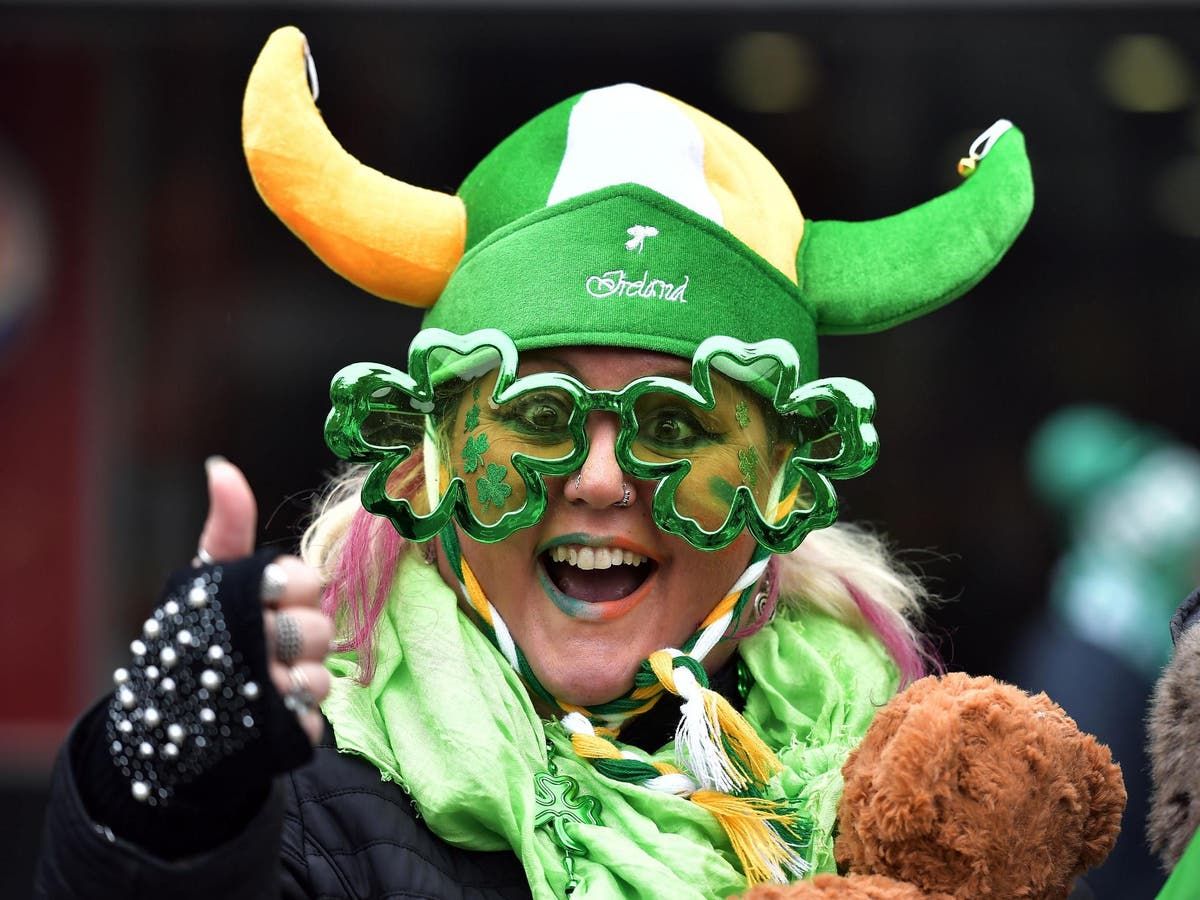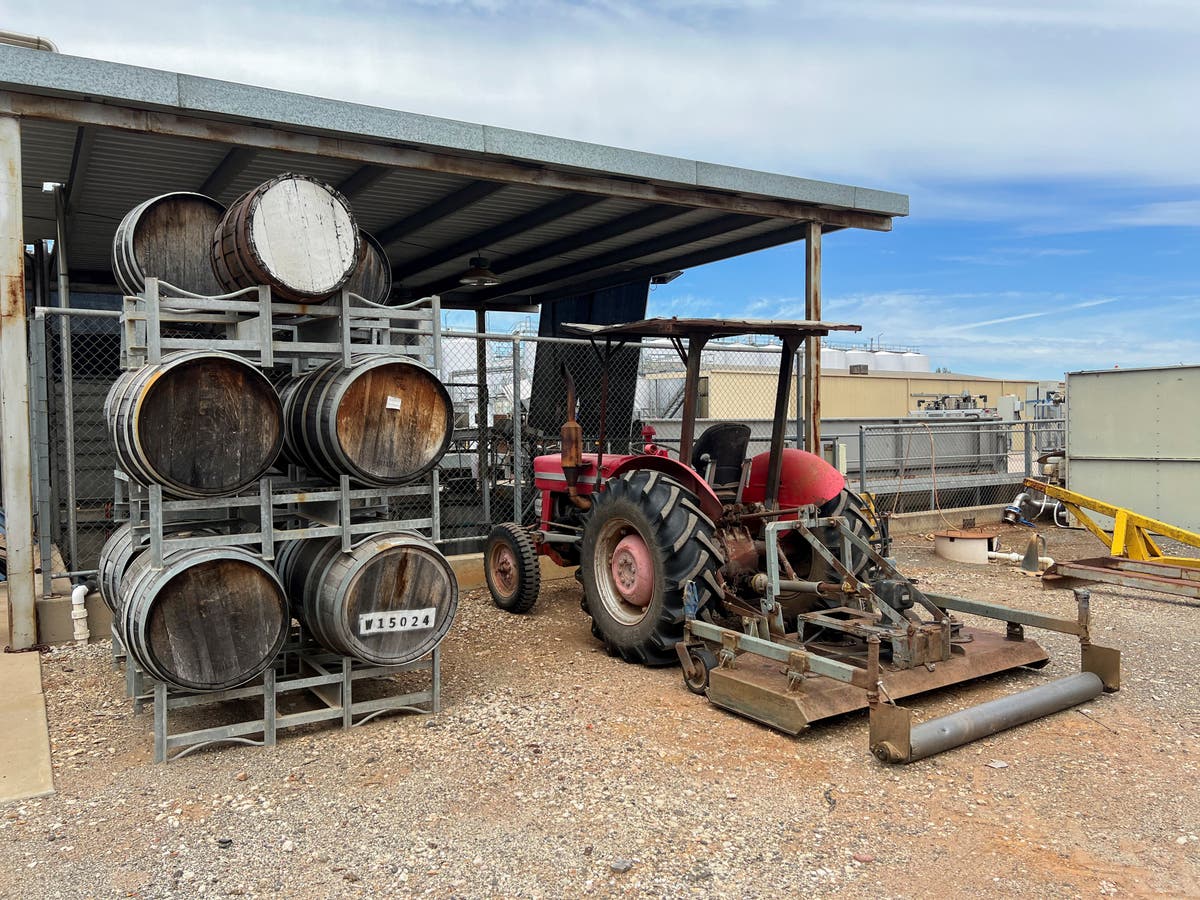Whether you're Irish or not, celebrating St. Patrick's Day is always a good idea.
On March 17 each year, thousands of people gather to drink, wear green, eat traditional Irish food, and generally celebrate Irish heritage.
What is St. Patrick's Day and where does it come from?
Saint Patrick's Day, or Saint Patrick's Day, is a celebration in honor of the patron saint of Ireland, Saint Patrick.
The day of celebration, which marks the day of St. Patrick's death, was originally a religious holiday intended to celebrate the arrival of Christianity in Ireland and made official by the Catholic Church in the early 17th century.
Observed by the Catholic Church, the Anglican Communion, the Eastern Orthodox Church, and the Lutheran Church, the day was typically celebrated with services, parties, and alcohol.
Consumption has always been an integral part of St. Patrick's Day, as the day was historically celebrated with a lifting of Lenten restrictions on eating and drinking alcohol throughout the day, which has contributed to current alcohol consumption.
Interestingly, Saint Patrick was not actually Irish. He is believed to have been born in Scotland or Wales and was sold into slavery in Ireland when he was a child.
In 1903, St. Patrick's Day became an official holiday in Ireland.
This year (and every year) it is celebrated on March 17, but St. Patrick's Day 2024 falls on a Sunday.
What are shamrocks and leprechauns and why are they represented in celebrations?
Although St. Patrick's Day has largely become a cultural celebration of Irish heritage, certain traditions have prevailed, such as wearing green and shamrocks.
We wear green to celebrate because green is the color associated with Catholics in Ireland. However, green was not associated with this holiday until the 19th century. Before that, blue was often used to celebrate.
According to legend, Saint Patrick used shamrocks, clover-like plants with three leaves, to explain the Holy Trinity to Irish pagans.
Leprechauns, a type of mythical fairy from Irish folklore, also appear during St. Patrick's Day celebrations. Leprechauns, often depicted as little men, are often depicted with a pot of gold at the end of a rainbow. They are mischievous fairies known for playing pranks on people. But legend has it that if you catch one it will grant you three wishes.
Is it a bank holiday in the UK or a federal holiday in the US?
Sorry, you'll just have to let your hair down at your own pace.
It is not a bank holiday in the UK and is not a federal holiday in the US. However, it is a national holiday in Ireland.
What do people do on St. Patrick's Day and how do they celebrate it?
The holiday has become a primarily cultural celebration of Irish heritage, marked with a day of drinking, green clothing, and Irish-themed parades.
In addition to green clothing, beer (occasionally dyed green) and Irish whiskey are often consumed to celebrate St. Paddy's Day.
Green around the gills: people celebrate St. Patrick's Day with dyed beer
(iStock)
In the US, Irish Americans often enjoy corned beef and cabbage.
But in Ireland and elsewhere, to celebrate the holiday, they eat typical Irish foods such as steak and Guinness pie or Irish soda bread.
How is St. Patrick's Day celebrated around the world?
Obviously, Ireland hosts the longest St. Patrick's Day celebrations, with a week of festivities and the annual parade in Dublin attracting over a million people.
In Britain, the day is celebrated with the third largest parade in the world, after Dublin and New York.
The parade takes place in Birmingham, but celebrations take place across the country.
In New York City, the “official” St. Patrick's Day Parade, founded in 1762, typically draws two million people. While not a legal holiday, the day is widely recognized and celebrated throughout the United States.
Green Top: The Empire State Building illuminated for St. Patrick's Day (G
Other large St. Patrick's Day parades are held annually in Asia, the Caribbean and Canada.
To commemorate the day, prominent landmarks are illuminated green or tinted green.
In previous years, the Sydney Opera House, Seattle's Space Needle, the London Eye, the Empire State Building, the Chicago River and hundreds of other landmarks were illuminated green in honor of the patron saint.












